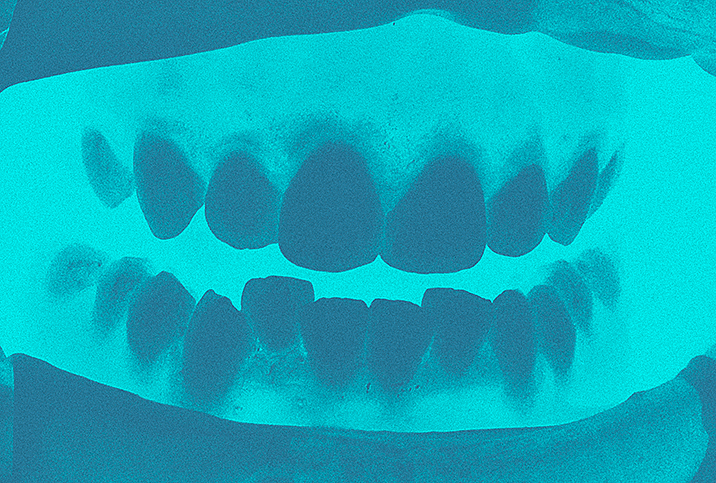Restless Legs Syndrome: Causes and the Effects on Sleep

About 7 to 10 percent of people in the United States may have restless legs syndrome (RLS), according to estimates from the National Institute of Neurological Disorders and Stroke.
Individuals with RLS, also known as Willis-Ekbom disease, typically experience an overwhelming urge to move their legs due to an uncomfortable sensation. This feeling gets in the way of daily activities and occurs frequently in the evening and while sitting or lying down, making it more difficult for sufferers to get a good night's sleep.
Symptoms of restless legs syndrome
As the name suggests, the primary symptom of RLS is the persistent and urgent need to move the legs. Individuals with RLS often report this urge is triggered by sitting or lying down for an extended period of time, which can lead to discomfort while riding in a car, working at a desk job, trying to sleep and more.
Most people with RLS experience some degree of relief when they stretch, shake or otherwise move their lower half, according to the Mayo Clinic. Symptoms usually become worse at night, and some individuals experience leg twitching as they sleep. According to medical experts, individuals with RLS typically report unpleasant feelings of crawling, throbbing, aching and pulling in their legs and feet.
However, the sensations caused by RLS are often indescribable. But sufferers agree the sensations lead to a consistent and persistent desire to move their legs.
Causes and risk factors
While researchers do not agree on a cause for RLS, some believe it may be caused in part by an imbalance of dopamine, a brain chemical that sends messages to control the movement of muscles.
Some factors may put someone at greater risk of developing RLS. For instance, research has found RLS can run in families, so heredity may play a part. While the syndrome can develop at any age, it's most common in older people and occurs more often in women than in men.
Women who are pregnant are at greater risk of RLS, according to medical experts. However, for most pregnant women, RLS appears for the first time during pregnancy and usually goes away after the mother gives birth. This is likely due to the physical and hormonal changes triggered by pregnancy.
In most cases, RLS is not an indication of a serious underlying medical condition. However, the Mayo Clinic reports the syndrome sometimes accompanies other conditions such as peripheral neuropathy, iron deficiency, kidney failure and some spinal cord conditions.
If the syndrome is caused by an underlying condition, such as iron deficiency, taking supplements might provide an easy fix. Medications, such as dopamine promoters and nerve pain drugs, are available to treat RLS caused by other factors. If you're experiencing RLS, reach out to your doctor so you can grab hold of the condition and improve your quality of life and sleep.

















